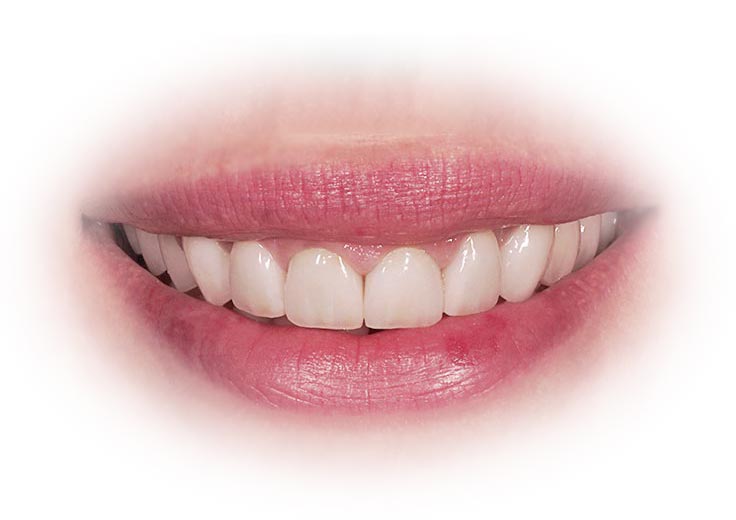Dental crowns
What are dental crowns?
The crown is a prosthesis that completely covers the visible part of a tooth. It is indicated if the tooth destruction is large, it is endodontically, we want to change the position or aesthetics of the teeth.
Its function is the restoration of masticatory, aesthetic, phonetic function and increase of tooth resistance.
In some cases it may be necessary to reproduce part of the soft tissues (gum) absent to achieve a better aesthetic and naturalness by applying gum ceramics (pink aesthetics).
In what situations are they recommended?
- If the tooth is destroyed and can not be reconstructed with composite
- For a traumatism of a tooth after performing a root canal, making the tooth more fragile
- To coat an implant, bridge
- For bruxist patients (tightening)
- To increase the lost height of the teeth
Types of dental crowns
In dentistry there are several types of crowns with different characteristics: the material used, the aesthetic aspect, the functionality or the demands of the specialist.
The most classic are metal-ceramic crowns:
- They have a thin inner part of 0.3-0.5 mm. metallic
- Covered with an opaque layer to mimic the color of the metal and porcelain on top.
- There is a wide range of colors to achieve a more natural look.
- The only disadvantage is that gray colors can appear due to the corrosion of the metal in the collars.
Zirconium-ceramic crowns:
This type of ceramic crown that has an excellent result from the aesthetic point of view, because the metal that is under the ceramic is zirconium and is white.
The final effect is the maximum naturalness and aesthetics
Lithium silicate crowns (e-max):
It is another basis for white ceramic and with excellent aesthetics.
Each time new materials are appearing and at Loscos Clinic, besides being at the forefront, we will advise you on the type of crown that best suits your case and your economy.
Frequently Asked Questions Dental Crowns
HOW MUCH CAN A CROWN LAST?
The duration of a crown depends on many factors. The type of bite, possible trauma, if the patient is bruxist or not and, above all, oral care and hygiene.
The most important measure to guarantee the longevity of the crown is to practice good oral hygiene.
Thus, it is reasonable for a crown to last 20 years, or even longer, if all necessary care is taken.
HOW MANY VISITS ARE NEEDED TO PLACE A CROWN?
Not all processes are the same, but it usually takes between 3 and 4 visits to place a crown.
In the first, the necessary measures are taken. In the second test is done centered on the metal area that will hold the crown. The third visit is an aesthetic test and, finally, it is placed in the next visit.
In some cases it is possible to get a good result in 2 visits. On the other hand, if there are any complications, we may need more visits.
It is necessary that there is a minimum of bone support to be able to implant the piece, in case of not doing so, a graft operation is performed in order to hold the implant or growth factors obtained from the plasma extracted from the patient are used by means of a sample of blood.
DOES THE STEP OF TIME INFLUENCE ON THE COLOR OF THE DENTAL CROWN?
Being made with porcelain, the color of dental crowns is hardly affected and tends to remain unchanged over the years.
WHAT IS THE DIFFERENCE BETWEEN A CROWN ON IMPLANT OR ON A NATURAL TOOTH?
The crowns on implants are those that go on the implants they have previously placed. When the implant has been integrated, the crown is placed on top.
The crown that is placed on a natural tooth is placed on its own. In most cases, this type of prosthesis is placed by trauma or extensive caries.
Crowns on implants have a longer duration than crowns on teeth.



